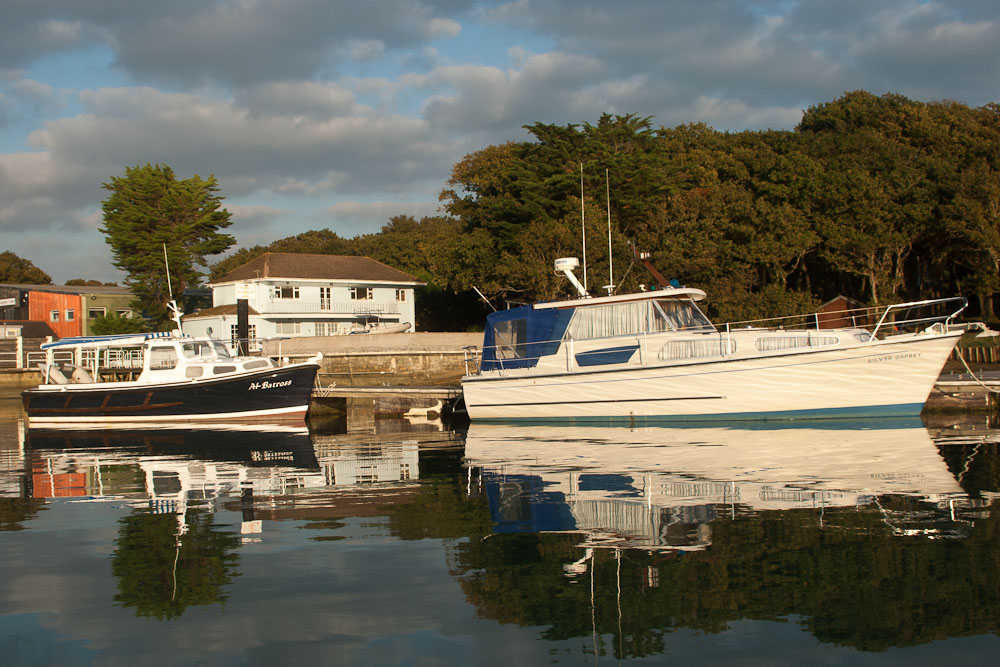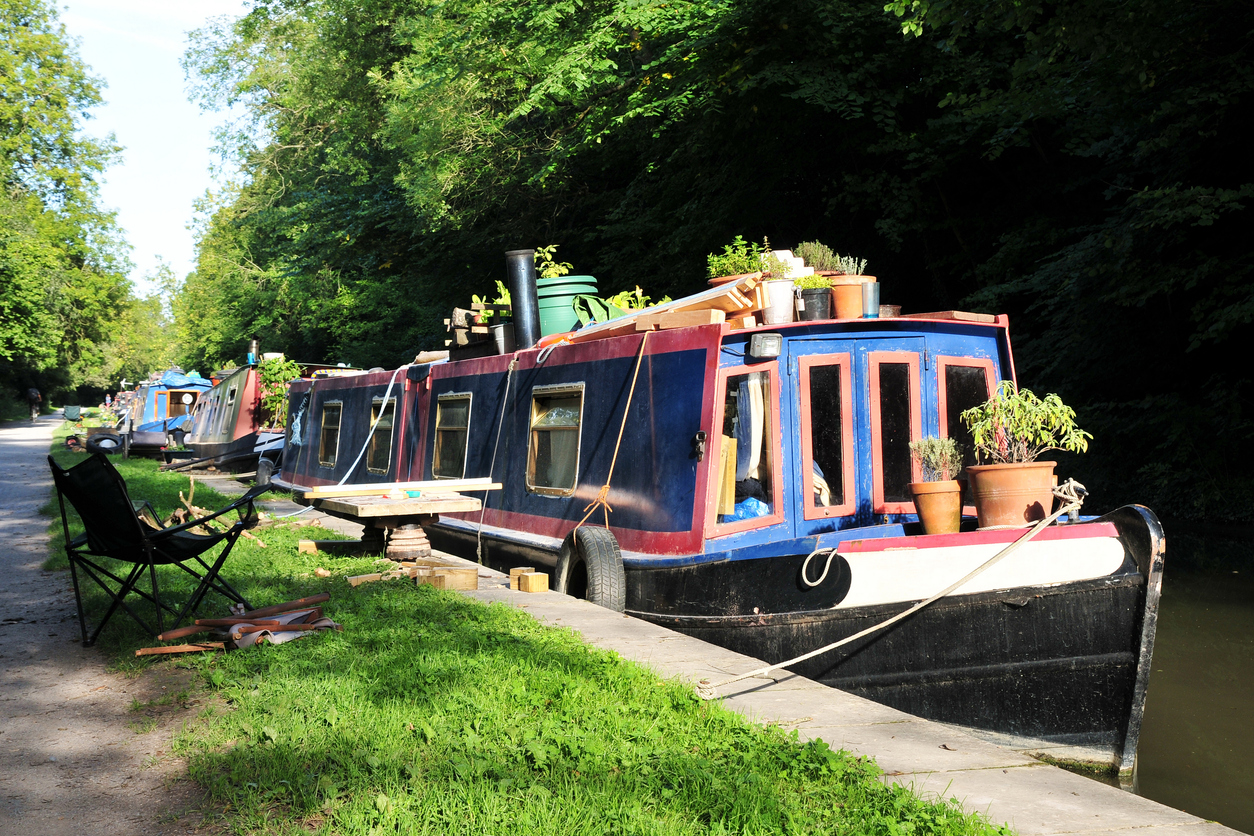This week it’s all about winterising your engine.
The sun was out and we went to the Swanwick Marina, Hampshire, to film this three part series.Clipper Marine kindly lent us two stunning boats: a Bavaria Vision 46 sailing yacht and a Bavaria Sport 330 HT motor boat to film on.
Watch the video for a really simple and practical run through with Dave Hill from Golden Arrow Marine on how to winterise your boat. For the key information in text, read below!
Oil change
When winterising your boat, it’s important to take out the old oil so that it’s not sat in there for the whole winter. Oil that sits idle over the winter months can become destructive to the internal surfaces of the engine. It’s therefore good practice to change the oil at least once a year and this will help prolong the life of your engine. To do this, start by getting your engine up to running temperature, stop the engine and then pump out the remaining oil. We recommend using a Pela Oil Extractor Pump or similar to syphon it out. You can either put the pipe down the dipstick tube, or on most engines there will be a plug at the bottom of the engine to draw the oil from the bottom of the sump.
Start pumping and this will start to syphon the old oil out of the engine, then proceeded to refill the engine with fresh oil. Of course, make sure that you have the correct oil for your type of engine. Once you’ve completed the oil change, we recommend replacing the oil filter for a new one too, then your engine is ready and clean for the spring!
Antifreeze the engine
Once you’ve completed the oil change, it’s time to flush some Starbrite -50°C Non toxic antifreeze through the salt water system.
We recommend that you shut off the seacock and open the seawater strainer, then get someone to start the engine, whilst you're pouring the mixture in the sea water filter, that will then go through the salt water system and remain in there over the winter, preventing freezing.
Fogging oil
It’s a good idea to spray the engine to protect bearings, seals and rotating surfaces, especially over the winter months when the engine isn't running. By spraying Star Brite fogging oil this will help prevent rust and corrosion from taking over your engine, causing unnecessary replacement. Doing so will also keep your engine in prime condition.
Start up the engine at medium idle and spray the fogging oil into the carburetor until the engine stalls. What you want to do next is then remove all the spark plugs and spray in each of the plug holes. turn the engine over several times, spray the spark plug tips and reinstall in the engine. * Please make sure you attach the spark plugs to a lead and ground before turning the engine over to prevent possible damage to the electric system.
Fill the fuel tanks
In the winter, you want to fill the fuel tanks up to the top, to prevent any condensation forming in the fuel tank. When you do this, ensure you keep the water out of the fuel tank. This is a good time to check the O ring for any cracks or damage as this may lead to water leakage. Proceed to fill up the fuel tank with the required fuel, then make sure you nip the cap down tight, whether you have a key or a built in T handle, it’s crucial to make sure you put it down tight so that water doesn’t track down and enter the tank.
Once the tank is filled you can add a fuel treatment to help with system maintenance, such as Starbite Startron Fuel additive. This will help increase fuel economy and reduce emissions- ideal for getting the most out of your engine.
When using a fuel additive make sure that you are using a diesel for diesel run engine and Gasoline for gasoline run engines.
Warm the engine room
A Waveline tube space heater is a great idea to add to the engine compartment, this will help take the chill out of the engine compartment over the cold months ahead. This will also mean that you avoid engine damage from the cold and have a clean startup when you get the engine up and running again.
Often provided with feet, you can sit the heater down on the floor to keep some heat in the cabin. For the engine, we recommend screwing the provided bracket onto a wooden board and place it across the engine bearer to direct the heat onto the engine, while also keeping the room aired.
Using the built-in thermostatic control you can time when the heater comes on and off, making sure you are keeping the compartment warmer at key times.
You can then leave the heater to work away with peace of mind of the little energy consumption being used.
In our next newsletter, we will be giving another informative run-down on how to Winterise your boat's Exterior as part of ‘Winterising Your Boat’ series. Special thanks to Mailspeed Marine for providing us with the products for the video and competition. If you fancy winning yourself all of the products needed for this winter, simply like and share our Facebook to enter.
Video credit to: Dave Hill, Golden Arrow Marine's Volvo Penta Business Development Manager; Swanwick Marina, Hampshire; & Clipper Marine.


